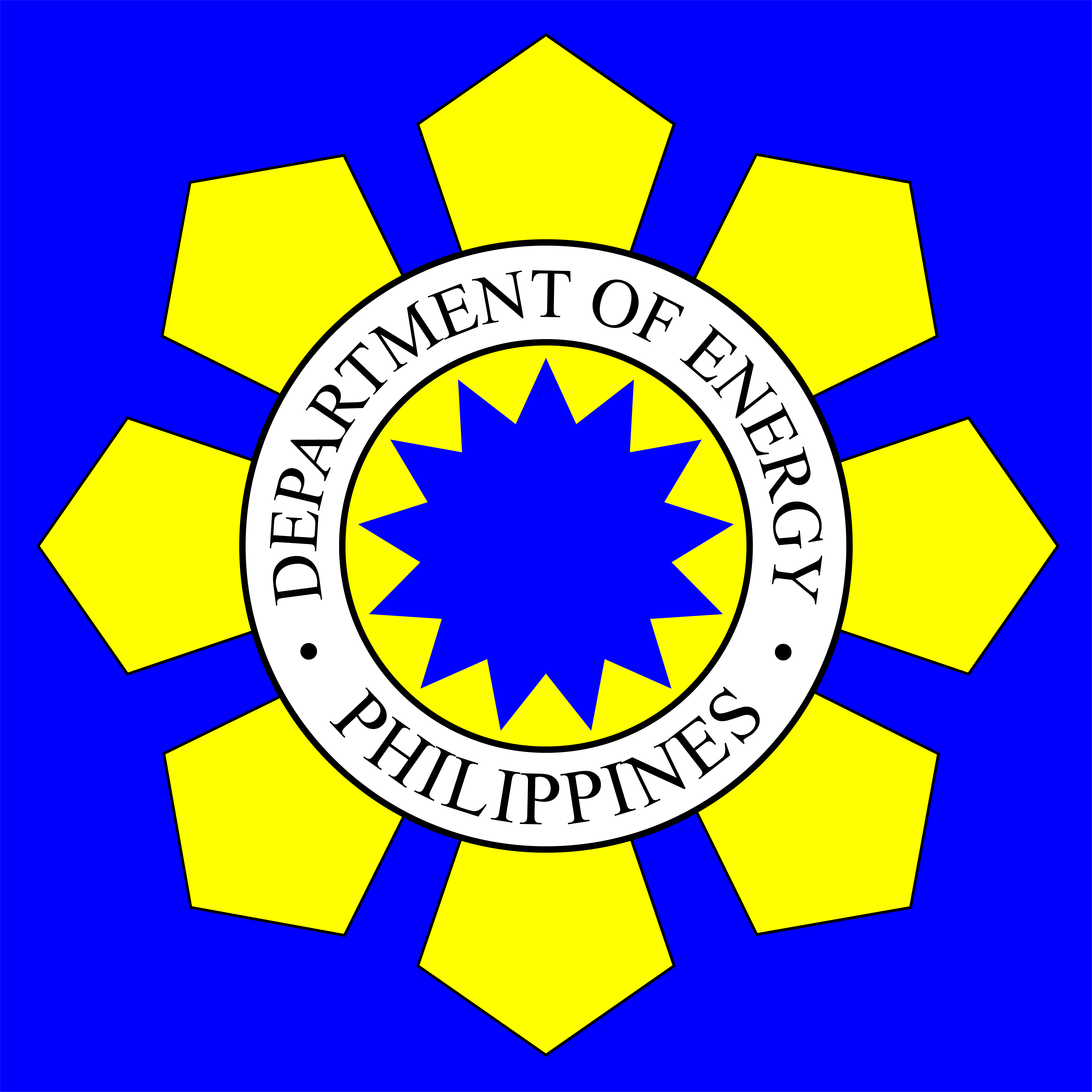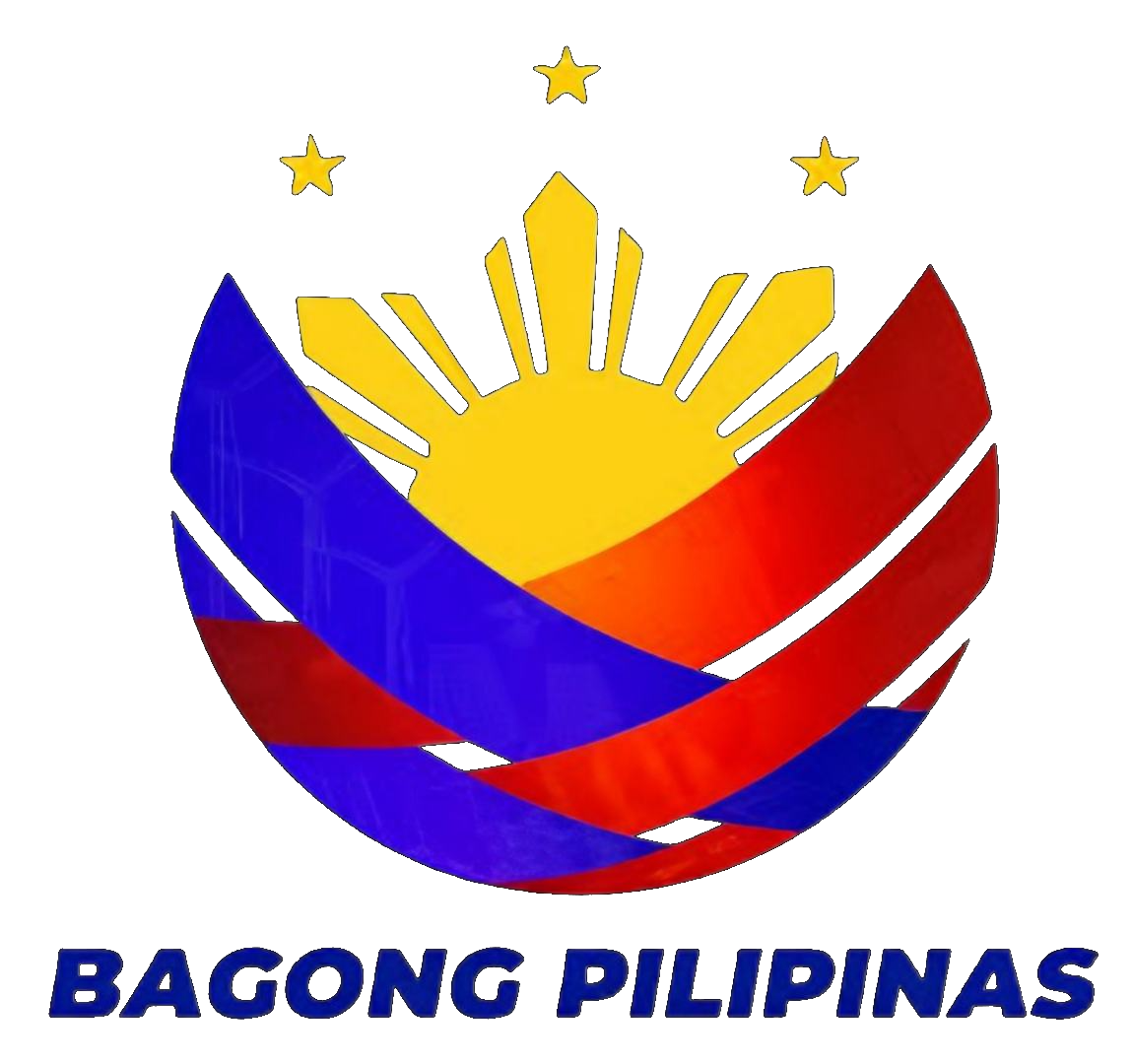24 Results
PCECP Coal
PCECP Coal
Philippine Conventional Energy Contracting Program (PCECP)
What's New
Invitation for Challenge
Published on: Friday, 22 July 2022
Republic of the Philippines
DEPARTMENT OF ENERGY
Energy Center, Rizal Drive, Bonifacio Global City
Taguig City, Metro Manilla
NOTICE OF APPLICATION FOR COAL OPERATING CONTRACT (COC)
Under the Philippine Conventional Energy Contracting Program (PCECP)
This is to inform the public that Vintage-21 Coal Mining Corporation is applying for CBS 40-L-372, 40-L-373, 41-L-12 and 41-L-13 Coal Blocks located in Lingig, Surigao del Sur and Boston, Davao Oriental as seen in the map below and is bounded by the following Technical Descriptions:
Department Circular
Department Circular
Published at: The Manila Times and The Philippine Star
Date Published [mm/dd/yyyy]: 10/06/2017
Adopting the Philippine Conventional Energy Contracting Program (PCECP) of Awarding Coal Operating Contracts (COC) and Creating the Review and Evaluation Committee(REC) Repealing for this Purpose Department Circular No. DC2014-02-0005 and Department Order No. DO2014-08-0017
WHEREAS, Republic Act No. 7638, as amended, otherwise known as "The Department of Energy (DOE) Act of 1992", mandates the Department of Energy (DOE) to prepare, integrate, corrdinate, supervise and control all plans, programs, projects and activities of the Government relative to energy exploration, development, utilization, distribution, and conservation;
Click to view/download Department Circular No. DC2017-09-0010
Advisory
What's New
Invitation for Challenge
Published on: Friday, 22 July 2022
Republic of the Philippines
DEPARTMENT OF ENERGY
Energy Center, Rizal Drive, Bonifacio Global City
Taguig City, Metro Manilla
NOTICE OF APPLICATION FOR COAL OPERATING CONTRACT (COC)
Under the Philippine Conventional Energy Contracting Program (PCECP)
This is to inform the public that Vintage-21 Coal Mining Corporation is applying for CBS 40-L-372, 40-L-373, 41-L-12 and 41-L-13 Coal Blocks located in Lingig, Surigao del Sur and Boston, Davao Oriental as seen in the map below and is bounded by the following Technical Descriptions:
Coal
Coal is defined as a sedimentary rock composed predominantly of solid organic materials with a greater or lesser proportion of mineral matter. It is derived from the accumulation of plant remains in sedimentary basins, and is altered to solid rock by heat and pressure applied during the basin’s development. Its quality varies according to the content of ash, impurities, and volatile matter which decreases as coal rank gets higher. It has a natural dark brown to black, graphite-like appearance and is primarily used as a fuel. Types of coal according to increasing rank (in terms of hardness, purity and heating value) are peat, lignite, subbituminous, bituminous and anthracite.
Worldwide, coal is a sought-after energy source. It has the largest reserve and is often the cheapest of the fuel options. Now that clean coal technologies are available, the demand for coal has remained steady despite the current stringent standard on environmental concerns. The Philippines is largely a coal consuming country with coal having the highest contribution to the power generation mix at 58% in 2021. But, local demand for coal is not limited to power generation. In 2021, the cement industry utilized 6.66% of the country’s coal supply, 7.08% went to other industries such as alcohol, sinter, rubber boots, paper and chemical manufacturing, fertilizer production and smelting processes.
The coal industry has never been so robust than these past years. From a historical yearly average of 1.5 million MT, local coal production began increasing at a steady rate since 2002. Within a span of 19 years, annual coal production has reached to as high as 15.3 million MT in 2019 and 14.3 million MT in 2021. Consumption likewise, increase steadily as new coal-fired power plants are installed and industries switch to coal because of the highly volatile price of oil.
Potentials
The Philippines has a vast potential for coal resources just awaiting full exploration and development to contribute to the attainment of the country's energy self- sufficiency program. As of 31 December 2020, our in-situ coal reserves amount to 315 million metric tons or 13.29% of the country's total coal resource potential of 2.37 billion metric tons.
Coal Statistics
2021 Coal Statistics
Coal Importation
Coal Importation
Coal Export
Coal Export
Coal Consumption
Coal Consumption
Coal Production
Coal Production
Coal Reserves
Coal Reserves
Overall Coal Statistics
Overall Coal Statistics as of 2021
Registered Coal End-users
Registered Coal End-users
Accredited Coal Traders
Accredited Coal Traders
List of Valid and Subsisting Accredited Coal Traders as of August 2022
List of Valid and Subsisting Accredited Coal Traders as of July 2022
List of Valid Subsisting Accredited Coal Traders as of June 2022
Attachment (Click to view/download PDF file) : 2022_registered_coal_traders_june.pdf
List of Valid Subsisting Accredited Coal Traders as of May 2022
Attachment (Click to view/download PDF file) : 2022_registered_coal_traders_may.PDF
List of Valid Subsisting Accredited Coal Traders as of April 2022
Attachment (Click to view/download PDF file) : 2022_registered_coal_traders_april.pdf
Small-Scale Coal Mining Permitees
Small-Scale Coal Mining Permitees
Coal Operating Contract Holders
Coal Operating Contract Holders
Apply for Coal Traders Accreditation
Apply for Coal Traders Accreditation
Apply for Coal End-User Registration
Apply for Coal End-User Registration
Philippine Energy Plan
Philippine Energy Plan 2020-2040
Overview
As the country faces a multi-faceted challenge on its pandemic response programs, amidst the imposed lockdowns on economic activities, the Department of Energy (DOE) is presenting a track to attain an inclusive and equitable economic growth made possible through the provision of secure, sustainable, and resilient energy strategies. The Philippine Energy Plan (PEP) 2020-2040 is the second comprehensive energy blueprint supporting the government’s long-term vision known as Ambisyon Natin 2040. This updated plan, like its predecessor (PEP 2018-2040), reiterates the energy sector’s goal to chart a transformative direction towards attaining a clean energy future.
Paving the path of transition into a more sustainable and resilient energy system, the sector’s direction has always been steered by Secretary Alfonso G. Cusi. This is in recognition to the message conveyed by President Rodrigo Roa Duterte of the energy sector requisites – sustainability and availability of energy to wean away from traditional sources and development of alternative ones.
To carry out the President’s instructions, the Energy Secretary clearly pointed the transformative changes imperative to align with the Administration’s call. These resulted into policies directed by the Energy Secretary and include, among others, the aggressive Renewable Energy (RE) and Energy Efficiency and Conservation (EEC) institutionalization programs, the moratorium on new coal power projects, a mechanism allowing foreign ownership on large-scale geothermal projects under financial and technical assistance agreement or FTAA, the resumption of indigenous oil and gas exploration, the introduction of liquefied natural gas (LNG) portfolio, establishment of strategic petroleum reserves and exploration of Hydrogen's potential.
Having the policies in place, the Energy Secretary reaffirmed the sector’s mindfulness in putting consumers first and that energy must be equitable to all Filipinos. The crafted PEP 2020-2040 is the amalgamation of the envisioned transition and transformation resonated by the Administration. Under its Clean Energy Scenario (CES), the PEP provides for ambitious plans, policies and targets on renewable energy, natural gas, alternative fuels, and energy efficient technologies. To make the country’s low carbon energy transformation a reality, the following goals have been set for the medium to long-term planning horizon:
Click to view/download Philippine Energy Plan 2020-2040
Reference Scenario
Present development trends and strategies continue;
35.0 percent renewable energy share in the power generation mix by 2040;
LNG importation starting 2022;
Energy Consumption levels that support an accelerated economic expansion post COVID-19;
Current blending schedule for biofuels (2.0 percent biodiesel and 10.0 percent bioethanol) maintained until 2040;
5.0 percent penetration rate of electric vehicles for road transport (motorcycles, cars, jeepneys) by 2040; and
Current efforts on EEC as a way of life continues until 2040.
Clean Energy Scenario
35.0 percent and 50.0 percent RE share in the power generation mix by 2030 and 2040;
5.0 percent blending for biodiesel starting 2022;
1.5 percent increase in aggregated natural gas consumption from the transport and industry sectors between 2020 and 2040;
10.0 percent penetration rate of electric vehicles for road transport (motorcycles, cars, jeepneys) by 2040;
5.0 percent energy savings on oil products and electricity by 2040; and
At least 12.0 percent reduction in the GHG emission for the Nationally Determined Contribution (NDC).
Energy Resources
What's New
List of Registered Coal End-Users as of August 2022
Published on: September 15, 2022
List of Valid and Subsisting Accredited Coal Traders as of August 2022
Published on: September 15, 2022
List of Valid and Subsisting Accredited Coal Traders as of July 2022
Published on: August 17, 2022
List of Registered Coal End-Users as of July 2022
Published on: August 17, 2022
List of Valid and Subsisting Accredited Coal Traders as of June 2022
Published on: July 12, 2022
1st Conventional Energy Bid Round for BARMM and 2024 Philippine Energy Bid Round to be launched
Four (4) Pre-Determined Areas (PDAs) shall be offered for investment, exploration, development and production of the BARMM's indigenous resources, as mandated by the Intergovernmental Energy Board (IEB).
“This is another milestone for the Ferdinand Marcos Jr. Administration in advancing the development of the BARMM, following the landmark signing of the Intergovernmental Energy Board (IEB) Circular on the Joint Award of Petroleum Service Contract (PSCs) and Coal Operating Contracts (COCs) in the BARMM area in July 2023,” Energy Secretary Raphael P.M. Lotilla said.
“The resources identified in the BARMM area are enormous assets that we can fully develop. As we go another step forward to harnessing these assets, our aspirations for promoting economic growth, generating employment opportunities, and nurture a thriving business landscape in the region are even closer to realization,” the Secretary added.
The IEB Circular on the Joint Award of PSCs and COCs in the BARMM was signed on 06 July 2023. It operationalizes the provision under Section 10, Article XIII of Republic Act No. 11054 or the Organic Law for the Bangsamoro Autonomous Region to jointly grant rights, privileges, and concessions for the exploration, development, and utilization of uranium and fossil fuels such as petroleum, natural gas, and coal within the territorial jurisdiction of the Bangsamoro.

